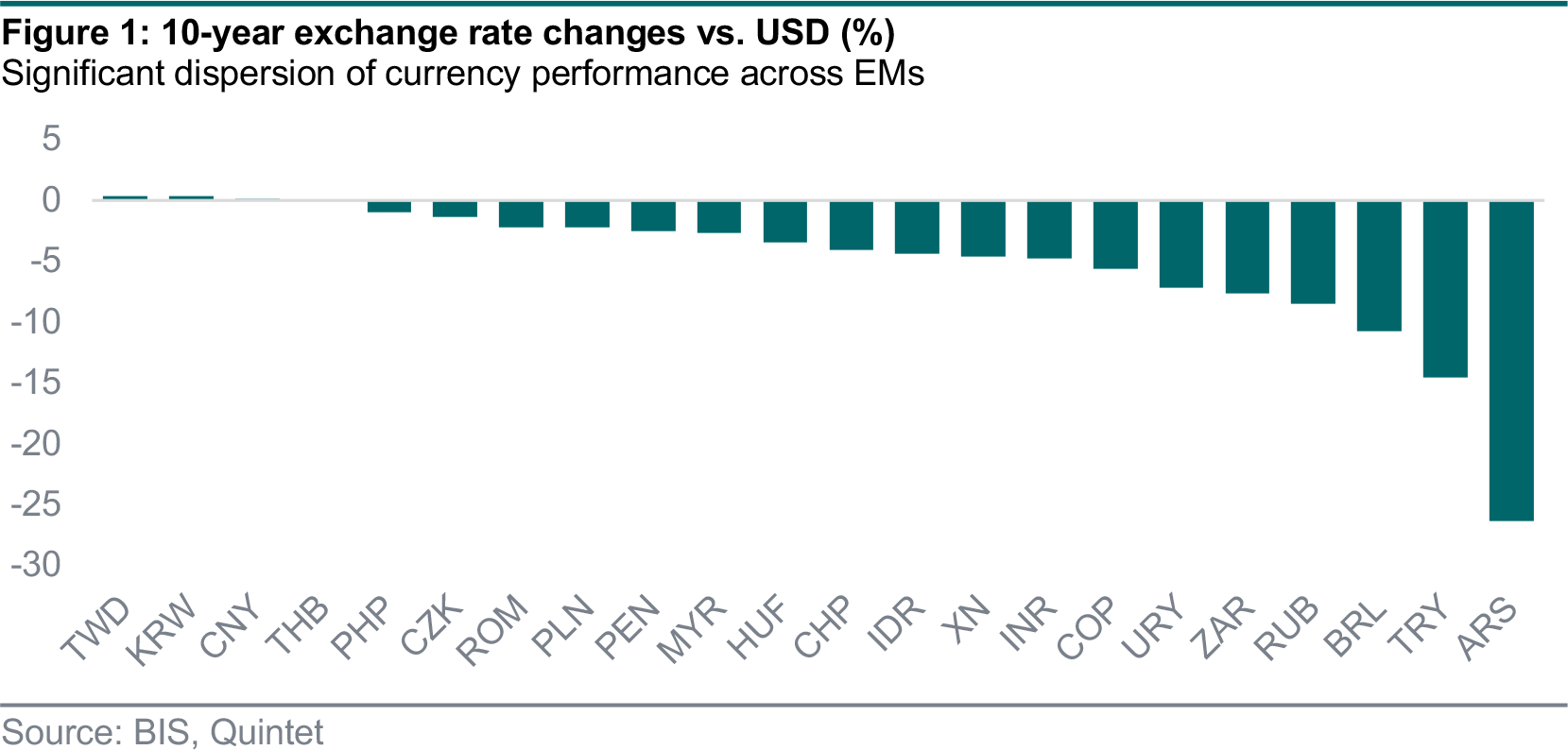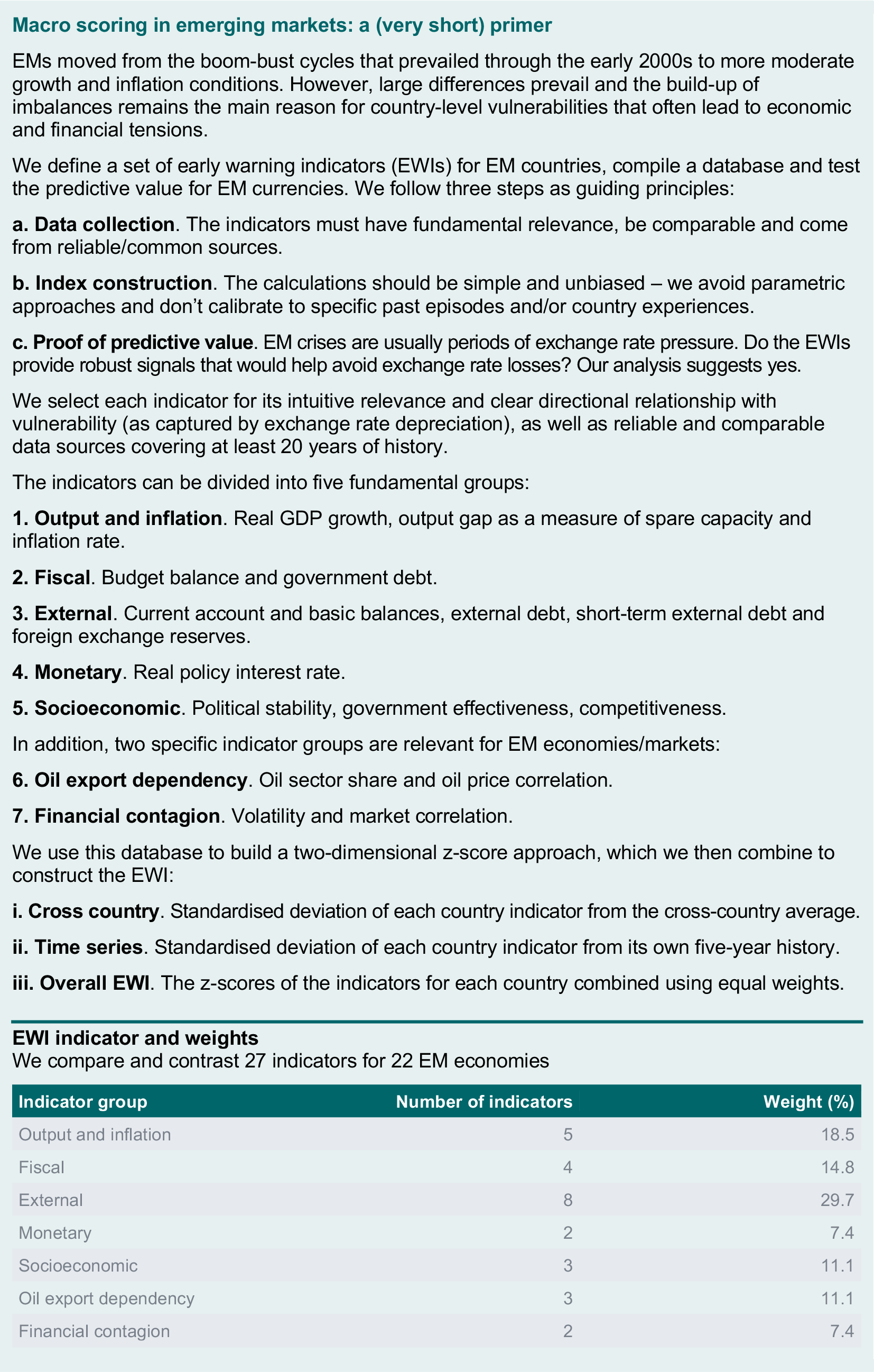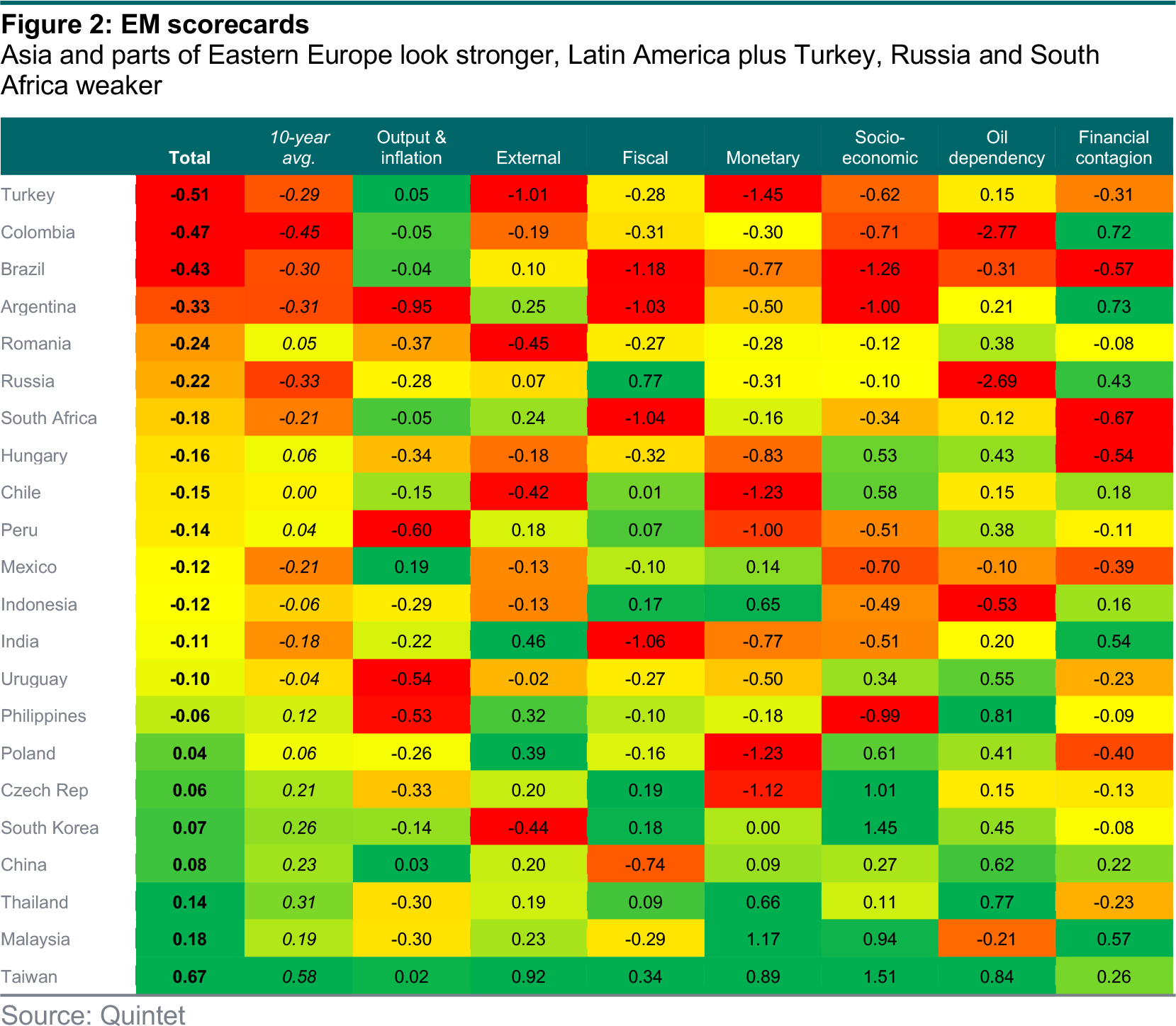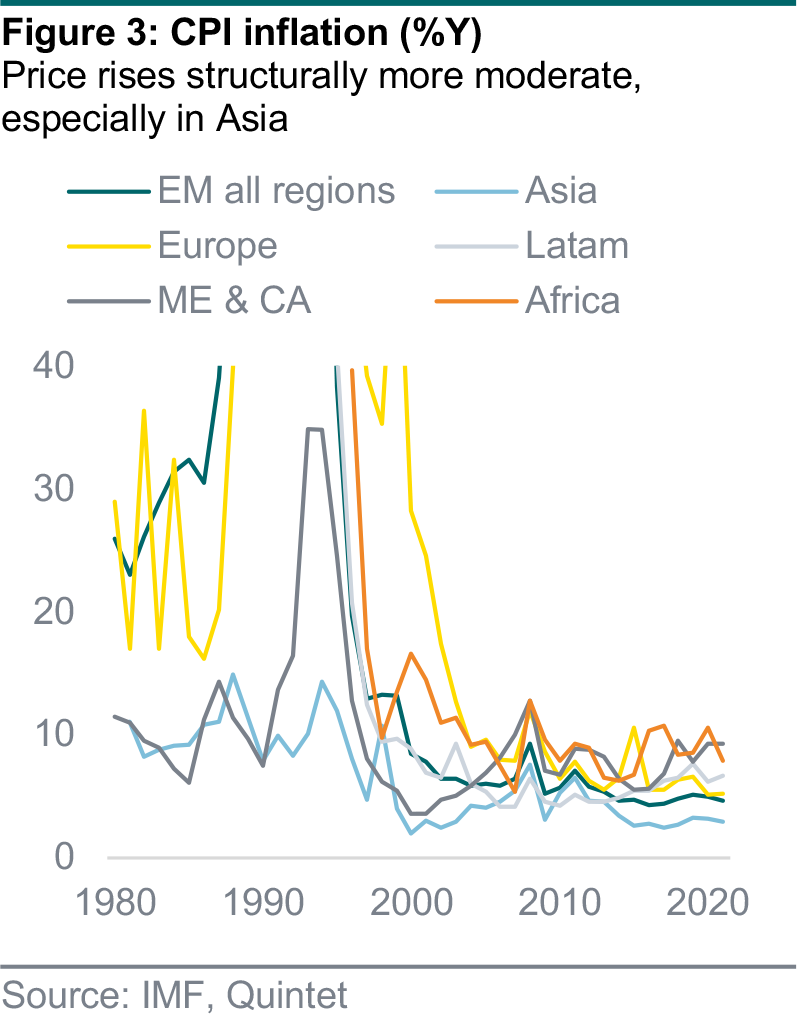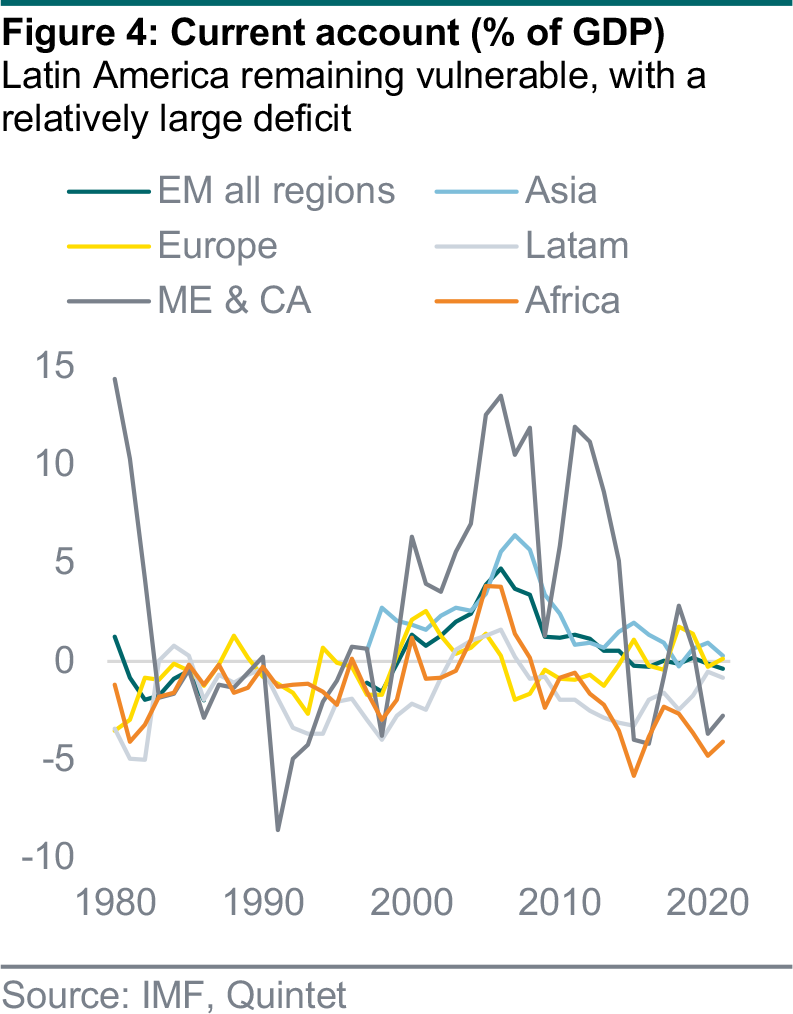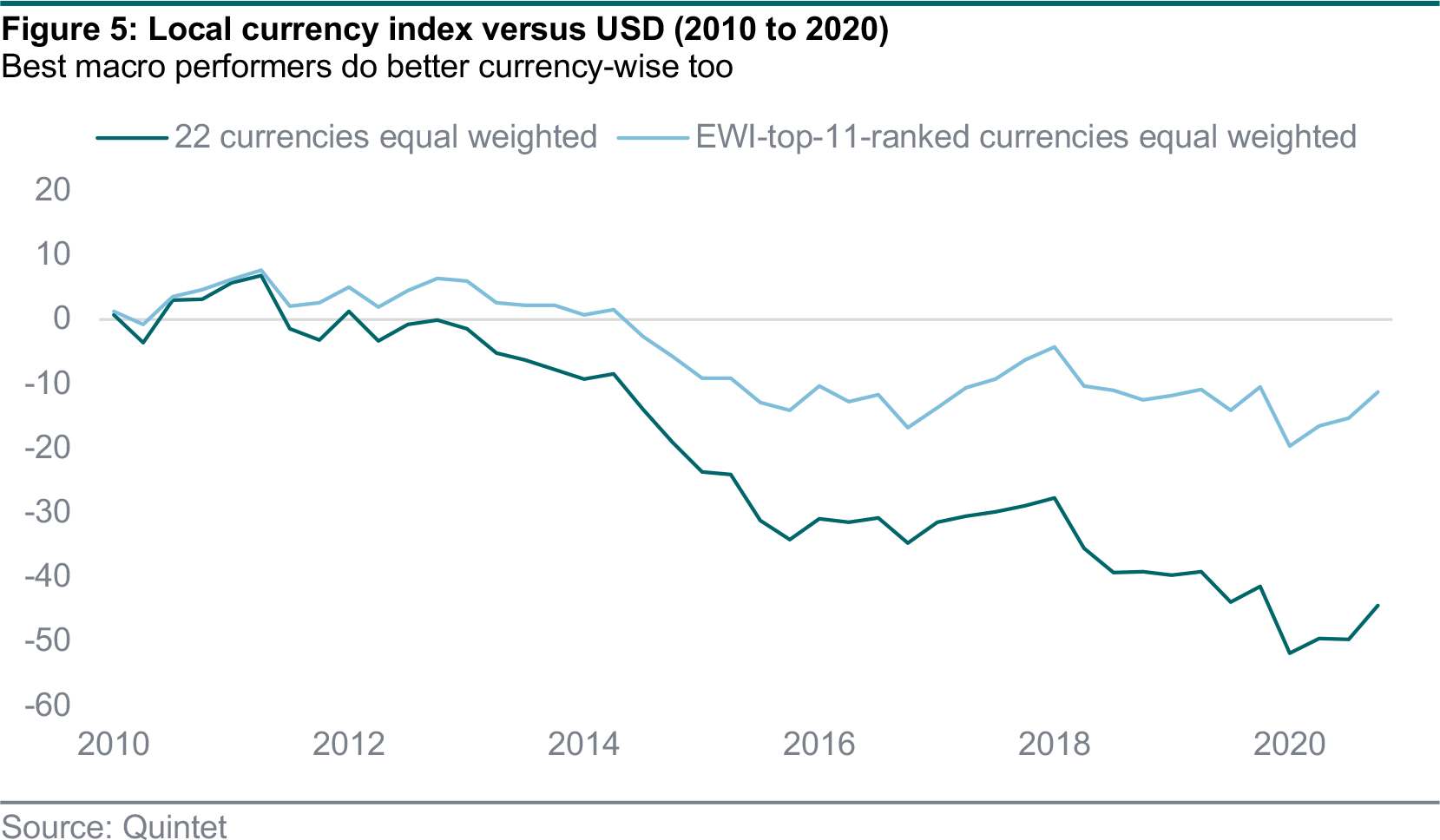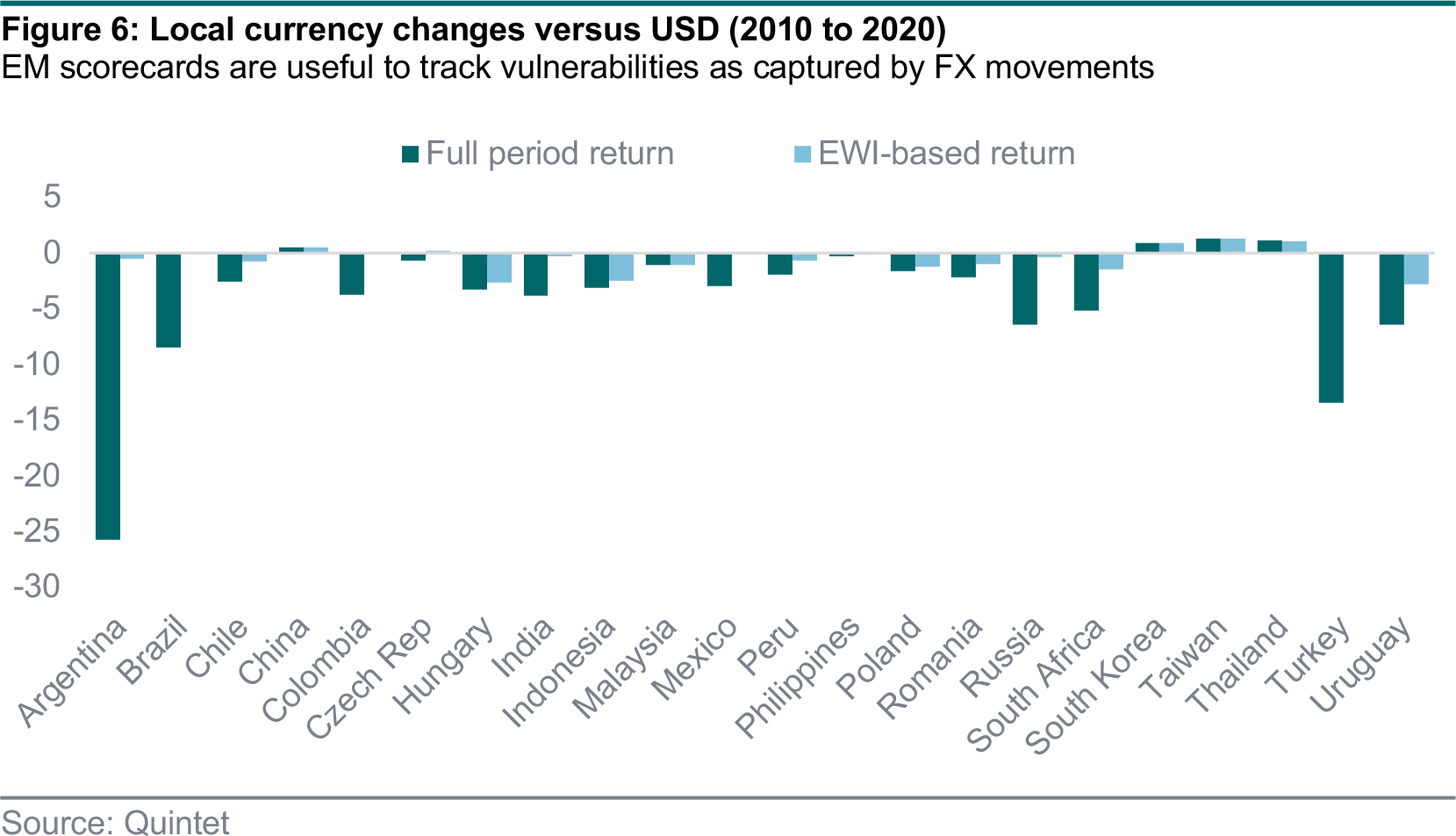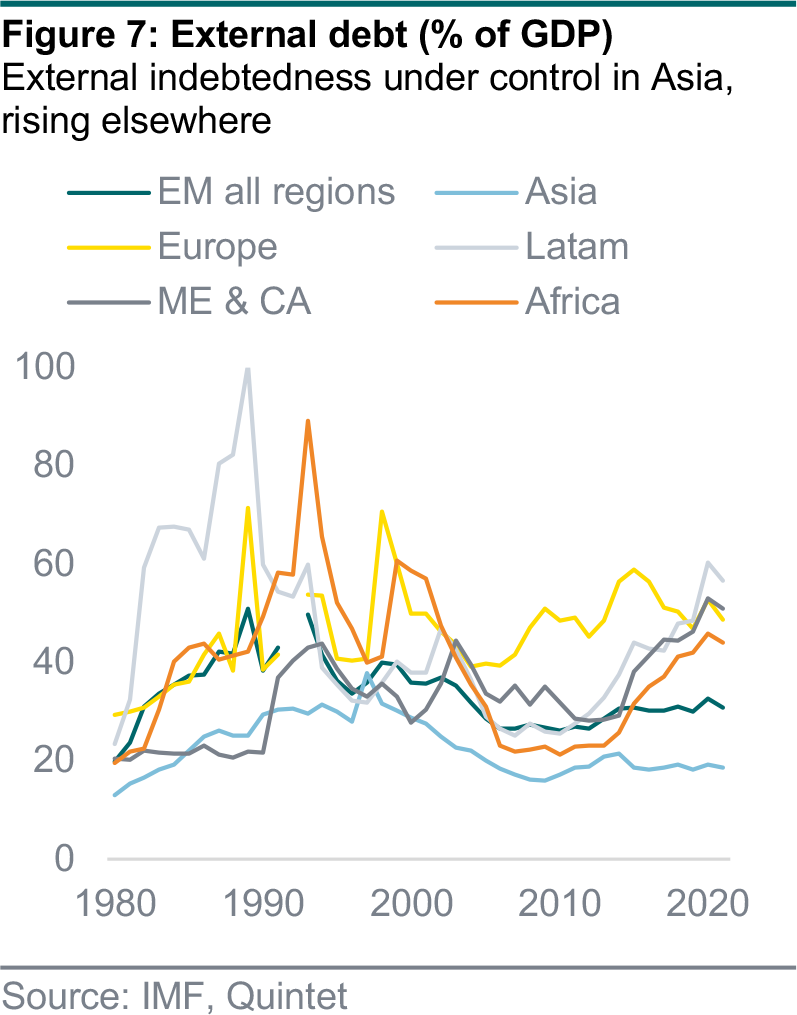There are now almost 113 million confirmed cases of Covid-19 globally. Yet the rate of daily new infections appears to have stagnated at around 45 per million, which is a significant fall from 94 per million at the start of 2021. This fall is taking place in the US, UK and euro area, and is mainly due to the lockdowns that are in place. Throughout the euro area, restaurants and many recreational activities are restricted, and in some countries a night-time curfew has also been enforced.
In the US, masks are still not compulsory in all states and most stores are also open. Nevertheless, overall the country seems to have the pandemic more under control, supported by the rapid progress of its vaccination programme. More than 13% of Americans have received at least their first dose, while the corresponding number in the UK is 26%.
New daily infection rates in both the US and Europe have slowed to around 20 per 100,000 inhabitants (figure 11). Both regions have reached this level after sharp falls since the start of the year and are roughly at the same stage as six months ago.
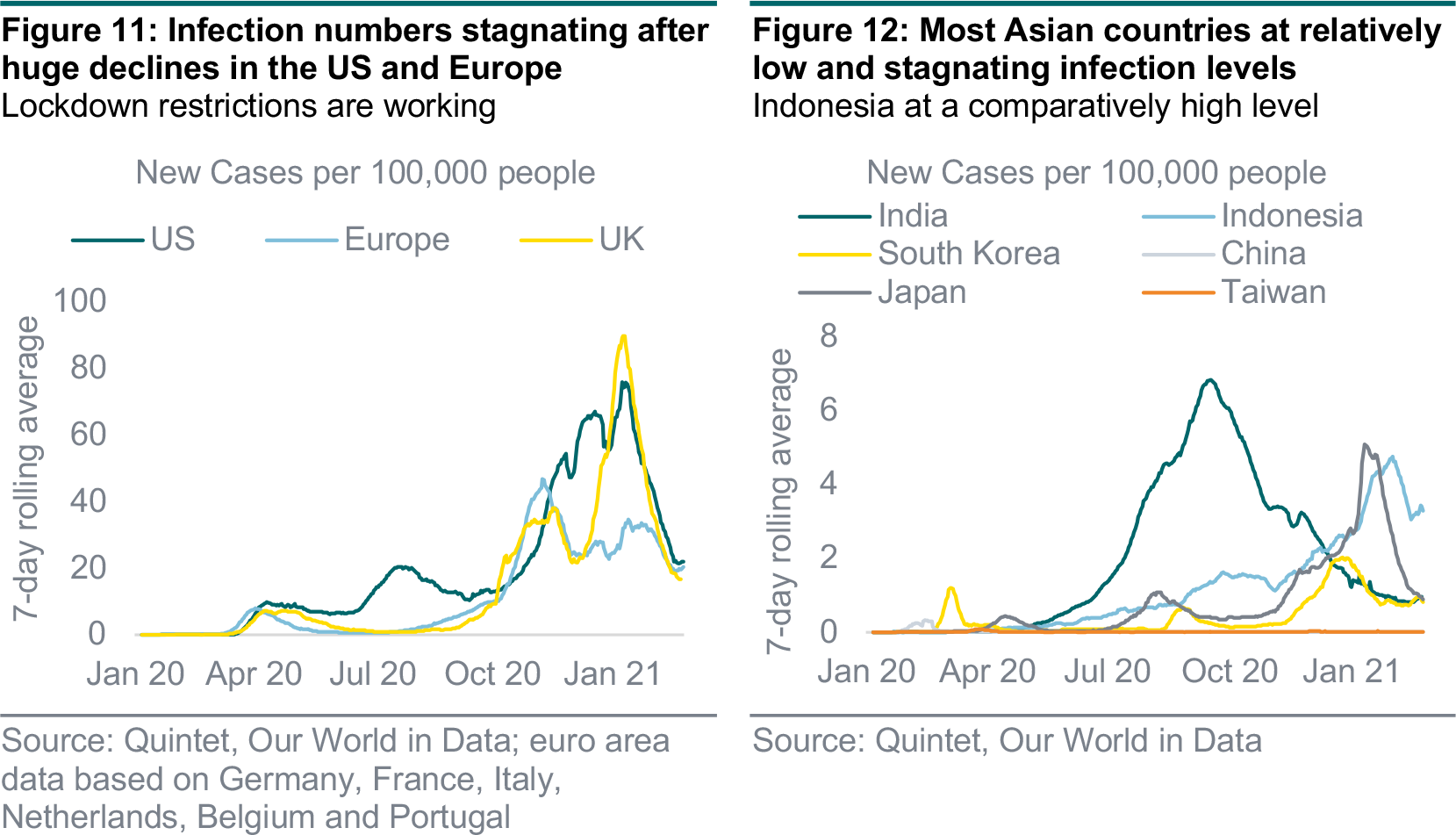
Asia’s infection pattern looks different. The number of confirmed new infections is much lower in relation to the number of inhabitants (figure 12). Moreover, levels and trends are very different within the region. India had its peak in the middle of last summer/early autumn and confirmed new infections have been dropping since then with a flattening curve. Meanwhile, the country’s cases per 100,000 inhabitants are at a similar level to those of South Korea and Japan. However, these two countries have not had nearly as extreme an increase. Japan was hit harder than other Asian countries at the beginning of the year, but quickly took strict measures to reduce its numbers.
Indonesia’s infections were still surging until a month ago, although the country has managed to curb the pandemic recently. Nevertheless, the numbers in relation to the population are still far above other Asian countries. Today, China and Taiwan seem to be almost unaffected by the pandemic. However, reported infection figures should always be viewed with caution, as developing countries in particular tend not to have strong testing capacity. While most Asian countries have ordered enough vaccine doses to reach herd immunity, their vaccination processes are lagging.
Singapore is progressing fastest with around four people per 100 inoculated. Japan only started vaccinating on 17 February and South Korea on 26 February, making it the last OECD country.
Several factors explain why the virus is spreading at a slower rate even though mutations have appeared across Europe and parts of the US, including Florida. One is the progress of vaccinations. Since last month, the number of vaccinated people worldwide has increased considerably. With ongoing deliveries from Pfizer/BioNTech, AstraZeneca and Moderna in Europe and the US, vaccination rates should continue to rise.
Euro area countries are ramping up their vaccination programmes, although the pace of the rollout is slower (figure 13). One of the reasons is scepticism about their efficacy, such as AstraZeneca’s vaccine in Germany. The rate of new infections will determine when countries are able to relax their lockdown measures, and therefore the timing and pace of the economic recovery process.
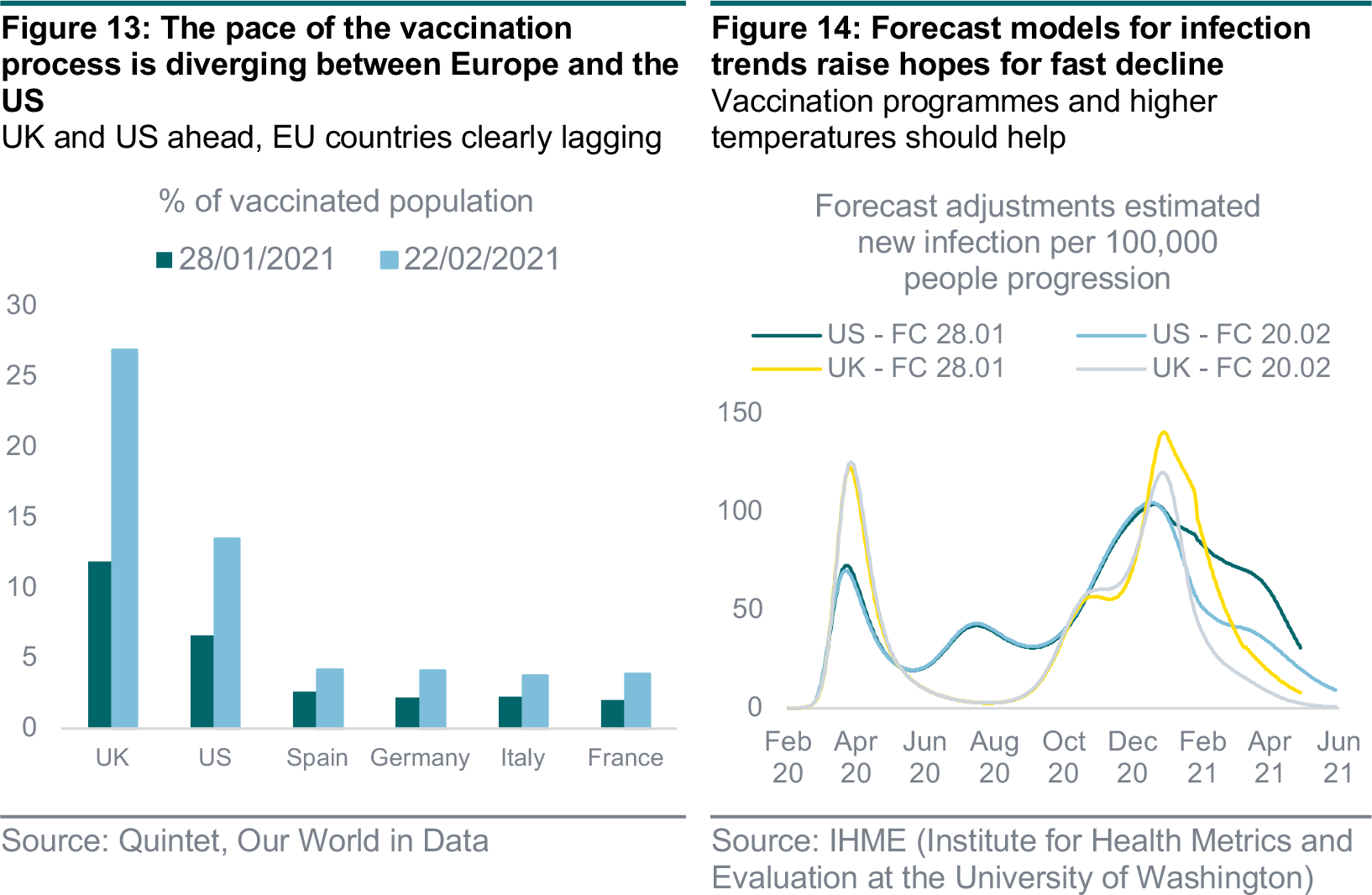
Forecast models for upcoming new infection trends reflect the influence of vaccinations and higher seasonal temperatures. For example, Washington University’s Institute for Health Metrics and Evaluation (IHME) has adjusted its forecasts (figure 14). As the vaccination rate increases, the number of new infections decreases and herd immunity should be achieved more quickly.
Although there is still uncertainty about the efficacy of some vaccines, studies confirm they are slowing the spread of Covid-19. This positive development in forecasts could take some time to materialise in Europe. The delays in vaccine deliveries and in some case a slight reluctance among the population are still playing a major role in this development.
Forecasts suggested the UK would suffer a large increase in infections during the first quarter of 2021 owing to mutations. However, the widespread vaccination programme seems to have prevented this increase. The UK is now forecast to have very low infection rates by the middle of 2021 – even lower than the US. This positive development should lead to the easing of lockdown measures as outlined by Prime Minister Boris Johnson, who indicated that all restrictions could be removed from 21 June. In addition, higher summer temperatures should – like last year – push infection numbers down further. Heading into autumn, it will be important that vaccination programmes are advanced enough to avoid another difficult winter.








